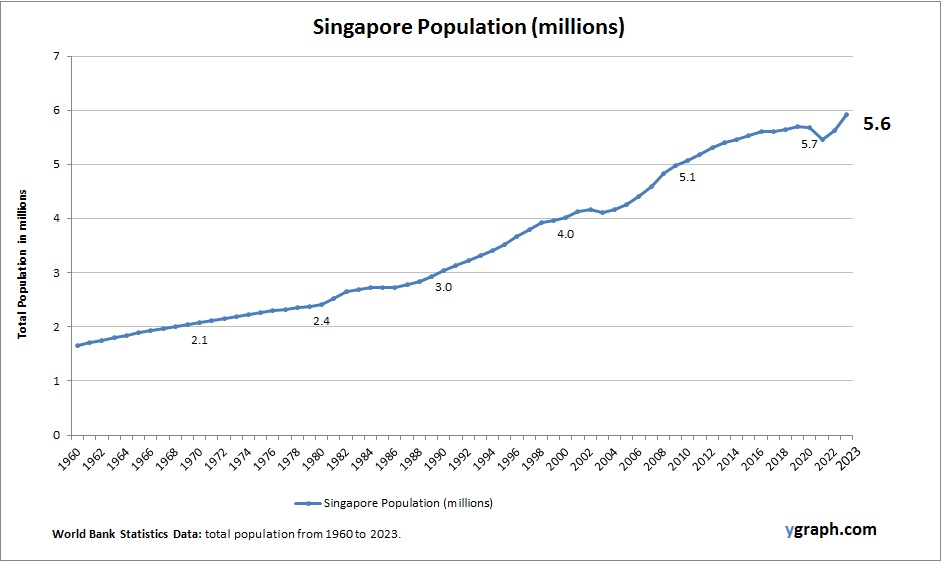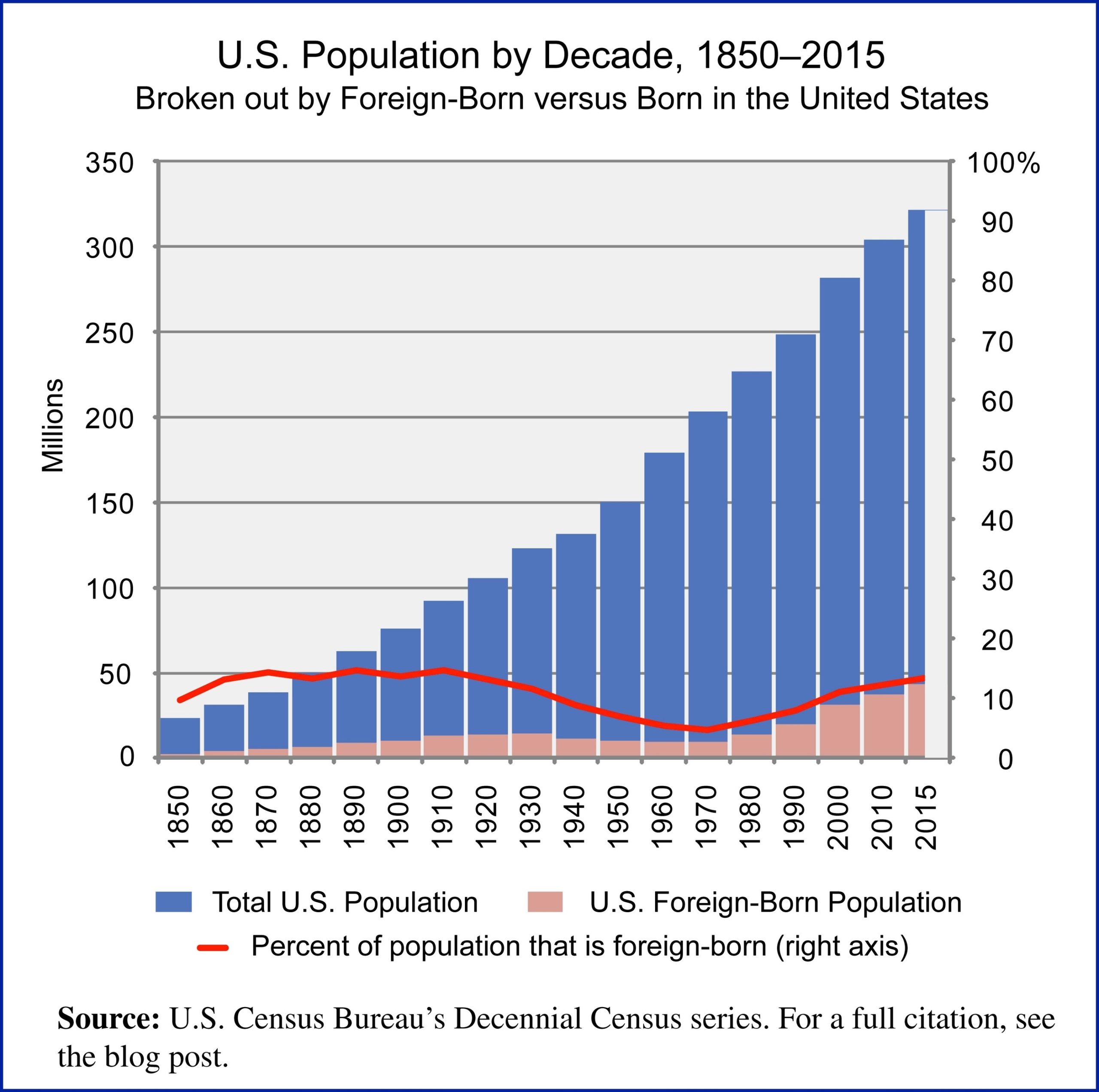This diagram presents Singapore Population. This is according to World Bank total population stats. Based on the latest demographics info provided for Singapore.

Your Graphs, Charts and Diagrams
A complex circuit with two voltage sources and three resistive loads can be analyzed using Kirchhoff’s Voltage Law (KVL). KVL states that the sum of all voltages in a closed loop must be equal to zero. In this circuit, we can apply KVL to the outer loop to find the current flowing through the circuit.
Let’s assume that the current flows in the direction shown in the circuit diagram. Applying KVL to the outer loop, we get:
5V – i(1?) – i(9?) – 10V – i(10?) = 0
implifying this equation, we get:
5V – 10V – i(1?) – i(9?) – i(10?) = 0
-5V – i(20?) = 0
i = -0.25A
Therefore, the current flowing through the circuit is 0.25A in the opposite direction to the one shown in the circuit diagram.
Using Ohm’s Law, we can calculate the voltage across the 1? resistor:
Vab = i(1?) = -0.25V
The voltage at node B is greater than the voltage at node A:
Vb = 5V + Vab = 5V – 0.25V = 4.75V
Va = 5V
Thus, the voltage across the 1? resistor is -0.25V, and the voltage at node B is 4.75V.
In conclusion, we can analyze a complex circuit with two voltage sources and three resistive loads using Kirchhoff’s Voltage Law. By applying KVL to the outer loop, we can find the current flowing through the circuit and the voltage across the resistive loads. This method is useful for analyzing circuits with multiple voltage sources and resistive loads.

The population of the United States is 333.29 million as of 2022. The US is the third most populous country in the world, after China and India. The US population is diverse, with people from various ethnic and cultural backgrounds. The country has a high rate of immigration, which contributes to its diversity. The US is also home to many indigenous people, who have lived in the country for thousands of years.
The US population is spread across the country, with the largest cities being New York City, Los Angeles, and Chicago. The population density varies widely across the country, with some areas being densely populated and others being sparsely populated. The US has a high standard of living, with a strong economy and a well-developed infrastructure.
The US population is aging, with the number of people over the age of 65 increasing rapidly. This trend is expected to continue in the coming years, which will have significant implications for the country’s economy and social welfare programs. The US also has a high birth rate, which contributes to its population growth.
The US is a diverse country, with people from all over the world living together. The country has a rich history and culture, which is reflected in its population. The US is known for its innovation and creativity, which has contributed to its success as a nation. The country is also known for its commitment to democracy and freedom, which are values that are deeply ingrained in its culture.
In conclusion, the US is a diverse and dynamic country with a large and growing population. The country’s population is spread across the country, with people from various ethnic and cultural backgrounds. The US has a high standard of living, a strong economy, and a well-developed infrastructure. The country’s aging population and high birth rate are expected to have significant implications for its future. Despite its challenges, the US remains a beacon of democracy and freedom, and a symbol of hope for people around the world..
